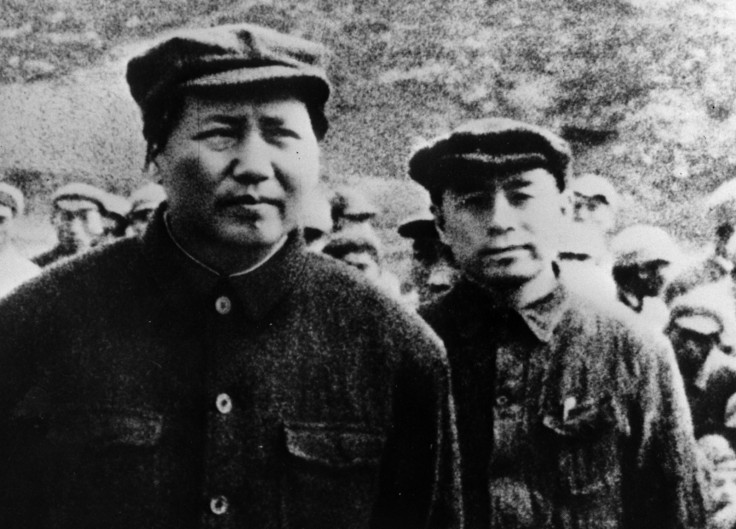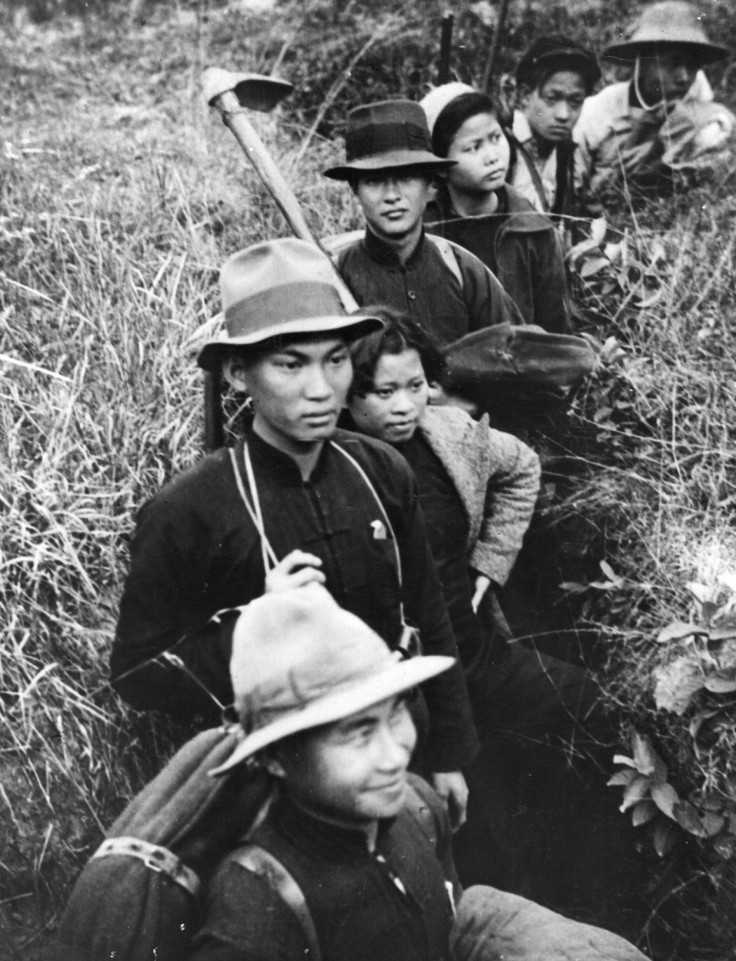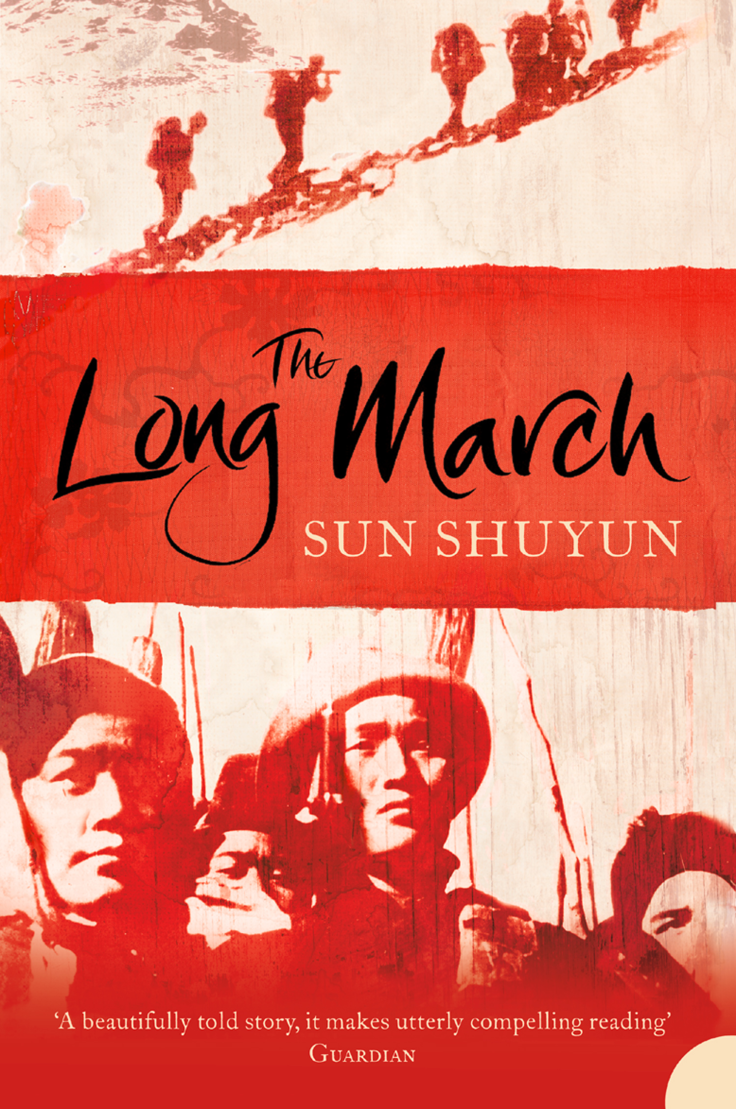Today in History: The Long March of the Red Army in China

On 16 October 1934, 200,000 Chinese communists escaped from Jiangxi province into the country to get away from Chiang Kai-shek's Nationalist Army.
Just 12 months later, only 10% of those men had survived the Long March, which required the Red Army to retreat west and then head up to Northern China by traversing over 9,000km in 370 days.

The route travelled by the soldiers required them to cross some of the most difficult terrain on their way to Shaanxi province, but a decade later, the survivors returned to the capital under the leadership of Mao Zedong.
There they defeated Chiang Kai-shek, the leader of Kuomintang, the Chinese Nationalist Party, and started a new phase.
There are many differing accounts of the Long March. The official version by current Chinese government is that the Long March was a significant event in the history of the Communist Party of China.
The "Heroes of China", led by Mao Zedong, hid in the countryside to recuperate their losses and were aided and revered by the grateful rural peasants, who eventually supported Mao when he led the charge to the capital.
The Chinese government has actively prevented independent historians from exploring this historical event until recently, when most of the survivors are now dead, but Sun Shuyun, author of The Long March, succeeded in uncovering some of the truth.
Sun interviewed 40 survivors in the rural countryside and discovered that during the Long March, the communists would steal food from rural villages and take hostages either for ransom, or to coerce their relatives into joining the Red Army.

For example, the Luding Bridge was captured by the Red Army on 29 May 1935. Chinese government propaganda says that the bridge was captured by 22 brave men who managed to overpower a regiment of Nationalist troops armed with machine guns.
According to Sun's piece for Project Syndicate, she obtained eyewitness accounts from survivors who said that they watched local people cross the bridge first, where they were all shot and killed.
The Red Army, on the other hand, only had guns that could "fire a few metres", and eyewitnesses said that the army panicked and fled.
"Soldiers had no clothes to protect them from freezing cold. Women were ordered to turn back and go home because there was not enough food. Barely a month after the union of the three Red Armies, the Party decided that the Long March was to continue," Sun writes.
"But the kidnapping of Chiang Kaishek by the general he had appointed to wipe out the Communists saved them. As part of the price for his release, Kaishek recognized the Communists as legitimate. The Long March was over."
Sun's book presents a very different version of the Long March from the official version, highlighting the fact that much of the Chinese government's propaganda might be hiding significant suffering from the rural people during the Chinese Cultural Revolution.
© Copyright IBTimes 2025. All rights reserved.






















